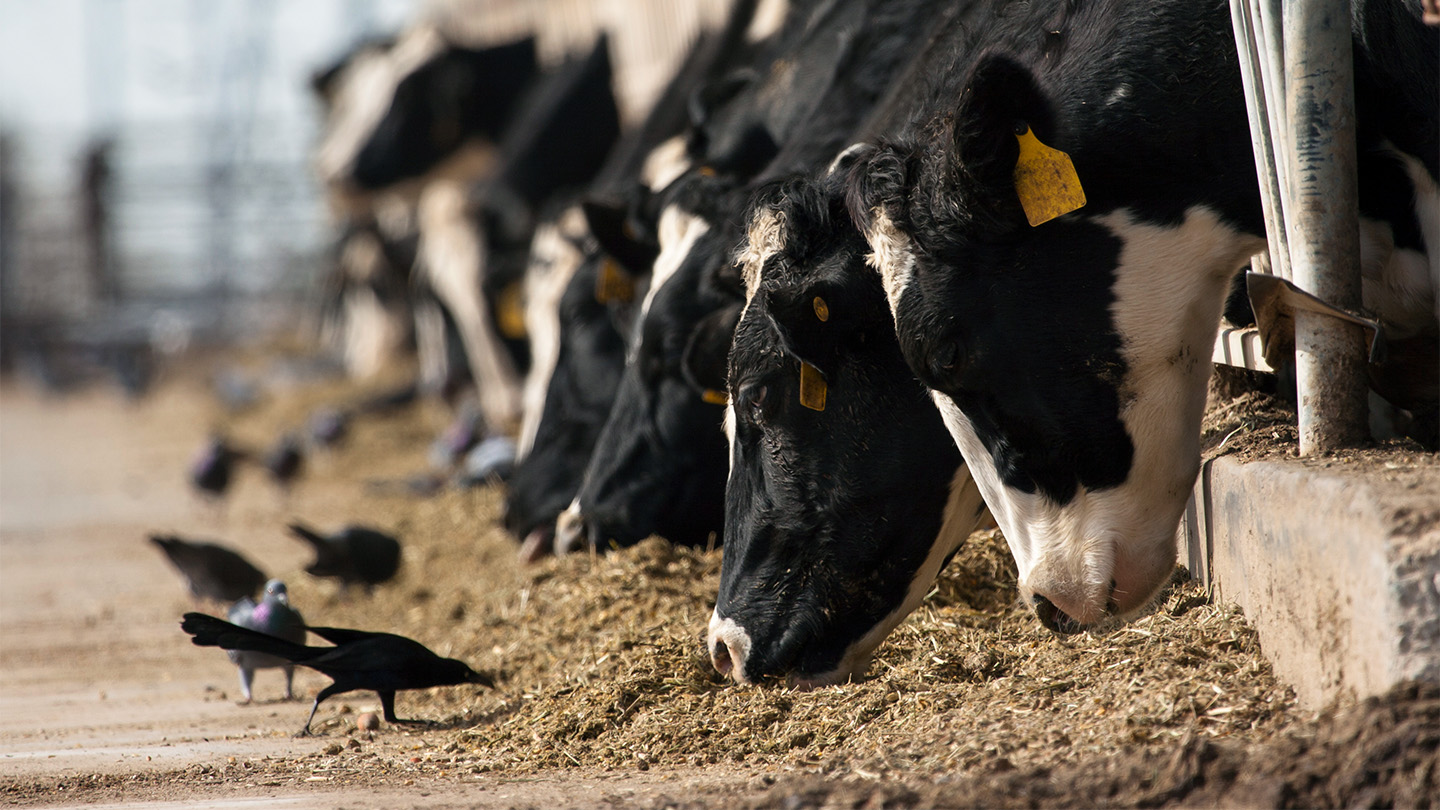A person in Texas has tested positive for bird flu, the second US human case of the virus that has infected herds of dairy cows in recent weeks.
State health officials said the patient had experienced eye redness after coming into contact with sick cows.
The risk to the general public is low, experts said, but people should take precautions when around ill animals.
The Texas patient is being treated with an antiviral drug and is isolating.
Despite its name, the virus is not limited to birds, and in recent weeks it has been detected in cows in several states, including Texas, Kansas and Michigan. It does not normally spread to people, but human infections have occurred in rare cases around the world.
In people, the virus, also known as avian flu, can cause symptoms that range from mild illness, such as upper respiratory and eye infections, to severe disease such as pneumonia that can be fatal, according to the Centers for Disease Control (CDC).
The first human case of H5N1 bird flu in the US occurred in 2022 in Colorado, when a person became ill after direct exposure to poultry presumed to be infected. That person experienced fatigue for a few days and made a full recovery.
While avian flu is often fatal in poultry, it has been less lethal for cattle.
The CDC advises people to avoid exposure to sick or dead animals including wild birds, poultry and cattle. The agency also says people should not eat uncooked or undercooked related food products such as unpasteurized milk and cheeses.
The world is going through its worst ever outbreak of bird flu.
As well as birds, some wild mammals – such as seals, otters, wild dogs and foxes – are now catching the disease.
Bird flu is an infectious disease of poultry and wild birds that has been around for a century. It usually flares up in autumn before fading away in spring and summer.
“It originated amongst ducks in Europe and Asia, and spread to other birds,” says Paul Digard, a professor of virology in the Roslin Institute at Edinburgh University.
The H5N1 virus, which is the most prevalent strain now, was first reported in China in 1996.
It can spread through entire flocks of domestic birds within a matter of days, through birds’ droppings and saliva, or through contaminated feed and water.
The World Organisation for Animal Health (WOAH) says there has been “an unprecedented number of outbreaks” of bird flu reported in regions across the world since the outbreak began in October 2021.
These have caused “devastating impacts on animal health and welfare” and “led to an alarming rate of wild bird die-offs”.
Brazil has declared a state of animal health emergency after detecting the virus in wild birds in two states.
What’s being done to tackle the outbreak?
China has been vaccinating its domestic poultry flocks.
However, other countries avoid this because it is hard to judge which birds have been made immune and which have not – and so the meat and eggs from vaccinated flocks cannot be sold abroad.
“There are strict export controls when a country decides to vaccinate,” says Dr Maurice Pitesky of the School of Veterinary Medicine, University of California, Davis.
Despite the commercial drawbacks of vaccinating poultry, governments in France, the Netherlands and the US have begun trials of vaccines as the first step of a lengthy process to try and bring the bird flu epidemic under control.


